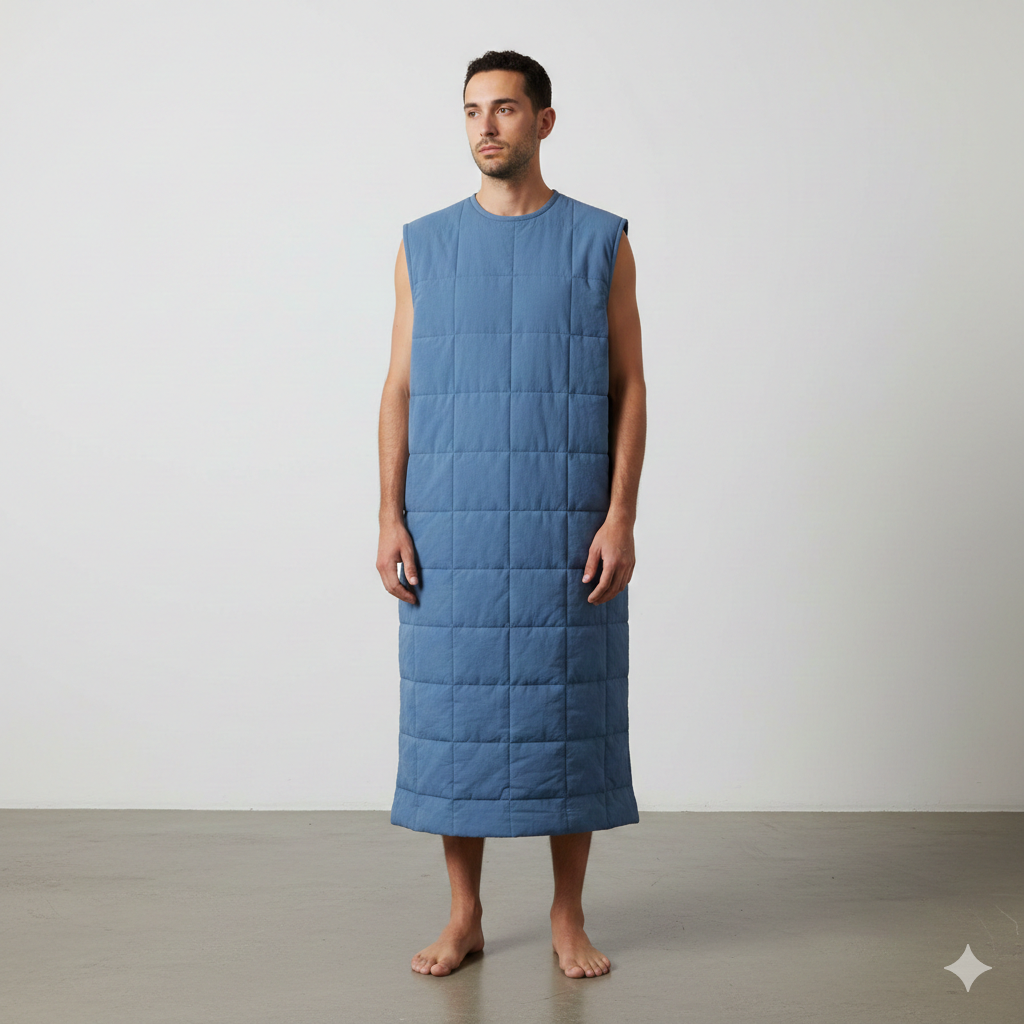Possible rewrite options: - All-female crews could boost efficiency on future space missions, study suggests - Efficiency advantage: Female astronauts outperform males in space, research shows - Female astronauts excel in space, paving the way for gender-balanced crews in the future - Women in space: Study reveals advantages of all-female teams for long-duration missions - The power of diversity in space: NASA study indicates female-dominated crews could improve productivity

May 5, 2023 report
This article has been reviewed according to Science X's editorial process and policies. Editors have highlighted the following attributes while ensuring the content's credibility:
- fact-checked
- peer-reviewed publication
- trusted source
- proofread
by Justin Jackson, Phys.org
As humans contemplate life on other planets, we are immediately confronted with two choices. One is a journey to another solar system that would take tens of thousands of years (with current technology), requiring around 2,000 generations to live out their existence in the cramped confines of a spacecraft while adhering to a strict population control scheme. The other choice is Mars.
Mars has several advantages, not the least of which is proximity, eliminating the need to push people out of airlocks when the spacecraft is at capacity. It would also allow an advance team to set up basic infrastructure and to be the most efficient—the team should all be female.
Researchers from the Space Medicine Team, European Space Agency in Germany have conducted a study published in Scientific Reports that found female astronauts have lower water requirements for hydration, total energy expenditure, oxygen (O2) consumption, carbon dioxide (CO2) and metabolic heat production during space exploration missions compared to their male counterparts.
In the study, 'Effects of body size and countermeasure exercise on estimates of life support resources during all-female crewed exploration missions,' the team utilized an approach developed to estimate the effects of body 'size' on life support requirements in male astronauts. For all parameters at all statures, estimates for females were lower than for comparable male astronauts.
When considering the limited space, energy, weight, and life support systems packed into a spacecraft on a long mission, the study finds that the female form is the most efficient body type for space exploration.
According to NASA, the cost of getting payloads to the International Space Station (ISS) is $93,400 per kg. The study found that on a 1080-day mission, a four-member all-female crew would require 1695 kg less food weight. With some simple arithmetic, the mission could save over $158 million and free up 2.3 m3 of space (food packaging), the equivalent of approximately 4% of the habitable volume (60 m3) of a 'Gateway' HALO module in NASA's proposed lunar orbit space station. Both factors would be highly significant operationally, but there is more.
Compared to a previous study of theoretical male astronauts, the effect of body size on total energy expenditure was markedly less in females, with relative differences ranging from 5% to 29% lower. Compared at the 50th percentile stature for US females (1.6m), the reductions were even more significant at 11% to 41%. This translates into reduced use of oxygen, production of CO2, metabolic heat, and water use.
When exposed to the prolonged microgravity of space, bad things happen to astronaut bodies. Physiological changes induce muscle atrophy, bone loss, and reduced aerobic and sensorimotor capacity, potentially affecting crewmember health and ability to perform mission tasks.
Exercise in space is called 'countermeasure exercise' as it is designed to counter the physiological effects of being weightless. During these exercises (two 30-min aerobic exercises, six days a week), astronauts have higher rates of O2 consumption, production of CO2, metabolic heat production, and require more water to rehydrate.
While body size alone correlates to energy metrics (smaller stature, less energy used), missions requiring countermeasure exercise increase this disparity as larger bodies use more energy, need more oxygen, produce more CO2 and create more heat. Additionally, the study found that females had 29% less water loss through sweating during a single bout of aerobic countermeasure exercise and so required less water to rehydrate.
The theoretical differences between female and male astronauts result from lower resting and exercising O2 requirements of female astronauts, who are lighter than male astronauts at equivalent statures and have lower relative VO2max (the rate at which the heart, lungs, and muscles can effectively use oxygen during exercise) values.
\nAside from resource usage, there are also advantages in functional workspaces, especially when multiple astronauts are working in the same confined area, as often happens on the ISS. Aboard the ISS, the astronauts have just enough room to stand and work shoulder-to-shoulder or back-to-back when necessary. The spaces in the proposed NASA Gateway craft are tighter, creating a less ergonomic environment for multiple crew members to work together. Tighter spaces could operate just as efficiently with a smaller crew.
The study data, combined with the move towards smaller diameter habitat space for currently proposed mission modules, suggest that there may be several operational advantages to all-female crews during future human space exploration missions, with the most significant improvement coming from shorter females.
More information: Jonathan P. R. Scott et al, Effects of body size and countermeasure exercise on estimates of life support resources during all-female crewed exploration missions, Scientific Reports (2023). DOI: 10.1038/s41598-023-31713-6
Journal information: Scientific Reports
© 2023 Science X Network




